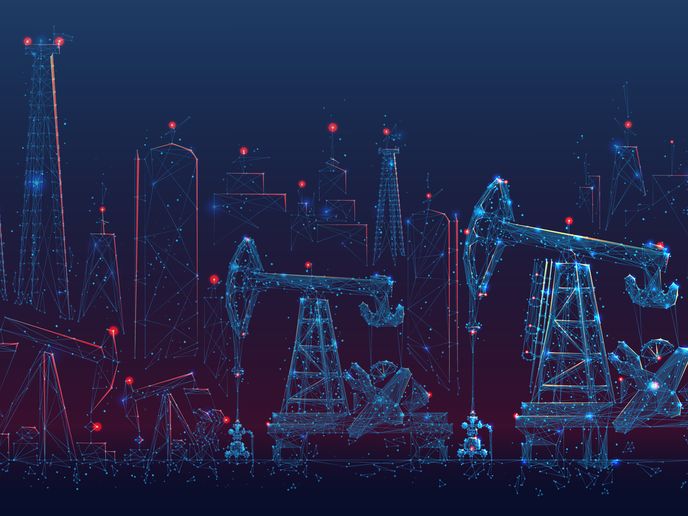How the fictitious city of Notterdam is guiding heavy industry to decarbonisation
To keep global warming below 1.5 °C and mitigate against the worst effects of climate change, global carbon emissions need to be reduced to net zero. This will not happen unless entire industries are transformed. A key problem is that heavy industries, which account for a large proportion of industrial emissions, have been slow to decarbonise. “Most energy-intensive sectors face the problem that decarbonisation could make their product more expensive,” explains REINVENT (Realising Innovation in Transitions for Decarbonisation) project coordinator Lars Nilsson, a professor of Energy and Environmental Systems at Lund University in Sweden. “They are all also locked into existing assets and infrastructures.” Industrial processes also tend to be complex and capital-intensive, another reason industrial decarbonisation has often lagged behind other high-emitting sectors such as transport and energy.
Decarbonisation priorities
To address this challenge, the REINVENT project focused on the paper, steel and plastics sectors. Specific processes in each of these sectors were examined, as well as issues such as consumer demand and consumption. “We took into account links between industries, and brought in economics, geography and political science experts,” adds Nilsson. “We asked questions such as: Can we reduce demand? How much can we recycle? And what is a reasonable level of plastics consumption?” From this extensive fieldwork, the project team identified priorities for industrial decarbonisation. These recommendations, which have been published in a recent policy framework, set out different pathways for each sector. REINVENT found that the steel industry needs to focus on improving energy and materials efficiency, circularity and new technologies. Plastics, on the other hand, should focus more on reducing or optimising use and production, increasing circularity and making use of chemical recycling. And the paper sector should consider decarbonising production through fuel switching and diversification into biorefineries. “This policy framework is a kind of synthesis of what we want to achieve,” says Nilsson.
Bringing industry on board
The project has also been successful in taking its message to both policymakers and industrial leaders. “REINVENT came along with incredibly good timing,” adds Nilsson. “We started in December 2016, when many of these policy issues were emerging, and really got up to speed when work started on the EU Industrial Strategy and Green Deal. In a sense, the project has co-evolved with EU policy.” REINVENT’s work is already making an impact. The project team was asked to provide input to the EU Industrial Strategy and engaged in multiple European webinars on industrial decarbonisation, as well as webinars in India and Russia. Nilsson stresses that successful transition policy strategies must be communicated clearly to industry; after all, they need to know what the ultimate objectives are. Suitable technology solutions for achieving these goals should also be identified and prioritised, and the benefits to industry of adopting sustainable technologies highlighted. Nilsson has noted a shift in attitudes within industry over the past 12 months. “Things have moved fast,” he notes. “Since 2020, a number of steel companies have announced plans to decarbonise production, and serious initiatives have been launched.” The necessity of net zero emissions is increasingly embraced by industry. One REINVENT initiative that has proved especially effective at grabbing industry’s attention has been a guidebook from the fictious city of Notterdam, written as if from the year 2045. Drawing on the project’s work, the guide paints a picture of how radically reducing our carbon footprint could lead to sustainable living in the future. “I was nervous at first, as this was really out-of-box thinking, but the guide has been very well received by industry,” says Nilsson. “We have held meetings and seminars with companies who are keen to learn more. This is a new way of talking to industry, and for them to think about the future.” Breakthroughs such as this have given Nilsson a sense of cautious optimism about the future. “Five years ago I would have said that climate change is the biggest, most difficult problem facing humanity,” he remarks. “Now, I’m more inclined to suggest that mitigating climate change could be a relatively easy fix compared to, say, protecting biodiversity or tackling plastics littering. There are so many possibilities.”
Keywords
REINVENT, Notterdam, heavy, industry, emissions, climate, decarbonise, paper, steel, plastics, mitigation







